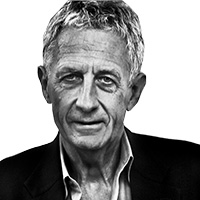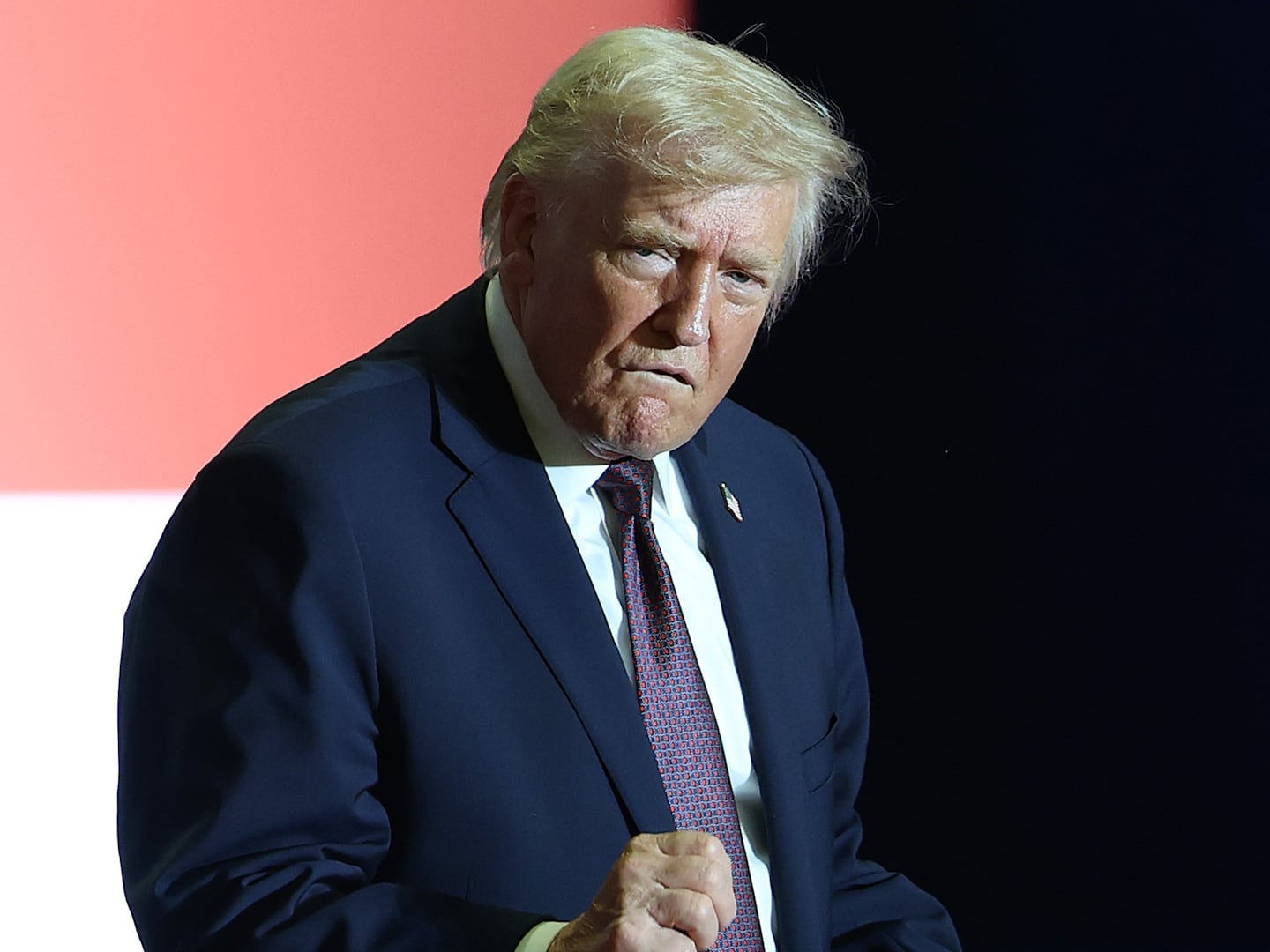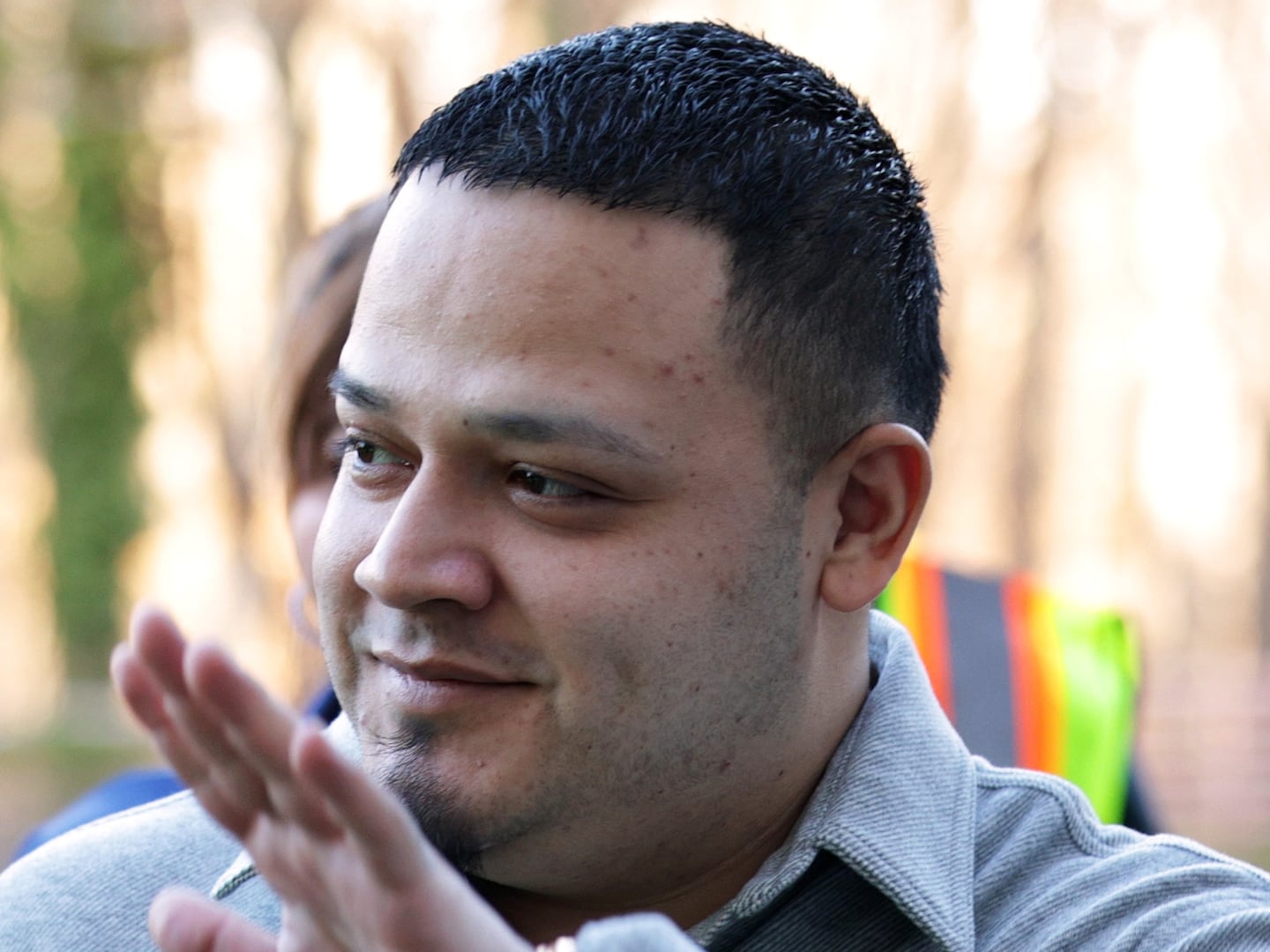
May 12, 2003, was a hot night in Riyadh, and the capital’s smokers were out puffing on their hubbly bubbly pipes, lounging on the raised sofas of the open-air cafés near the camel markets. There seemed nothing unusual about the four vehicles—two cars, a pickup truck, and an SUV—that drove out of town through the warm darkness toward the residential area of Al-Hamra: Their drivers were ordinary-looking, bearded young Saudis. But the young men were armed, and their vehicles were packed with weapons and explosives. Their targets were three of the many compounds in the city that housed Westerners—and Americans in particular. Sometime before midnight, one of the cars attempted to gain entry to the back gate area of the Jadawel compound. As the compound’s security guards approached to inspect the vehicle, the terrorists suddenly opened fire, killing one policeman and an unarmed Saudi civilian. The attackers sprayed gunfire wildly as they assaulted the inner gate.
It was a grievous mistake, for the attacks of May 2003 turned a complacent giant into an implacable enemy.
“You infidels!” they screamed. “We’ve come to kill you!” As they were attempting to fight their way inside the compound, the attackers’ massive explosive charge detonated, killing all of them. A few miles away at the Oasis Village and the Vinnell Corp. compounds, the terrorist assault teams similarly shot down the security guards from outside the barriers, then opened the gates to admit a second group. As they fired wildly, the gunmen called out to God, then detonated both their bombs, bringing the death toll that night to 12 terrorists and 27 foreigners—nine of them Americans. Later that year, 18 more would be killed when the bombers targeted a compound for expatriates who were largely from Arab countries. The following May, terrorists in Yanbu murdered five petrochemical workers, tying their victims’ bodies to the backs of their pickup trucks and dragging them triumphantly through the streets. Foreigners got in the habit of looking under their cars every morning for bombs and checking their license plates for chalk markings—signs that they had been identified and targeted.

The attacks were the work of Saudi jihadis who had been driven out of Afghanistan by the U.S.-U.K. invasion in the months following the 9/11 attacks. The demolition of their Afghan training camps forced several hundred extremists back to the kingdom, where they regrouped in safe houses as “Al Qaeda in the Arabian Peninsula,” taking orders via coded phone messages from their leaders, who had gone into hiding in the tribal territories along the Afghani border. Osama bin Laden may have retreated, but he saw the enforced return home of his Saudi followers as a blessed opportunity. He ordered them to take the battle to the Al-Saud on their home territory, and the young zealots went out in the desert to continue their target practice. It was easy for them to find local weaponry, much of it from Yemen and some of it left over from the 1991 Gulf War. After Saddam’s retreat from Kuwait, the local bedouin had wasted no time looting the Kalashnikovs from the corpses of the Iraqi dead and bumping them in for sale on the Riyadh black market. Thus equipped, a mini-army of young extremists had stormed the Oasis Compound in the Eastern Province, killing no less than 22, mainly expatriate, workers.
Intelligence later revealed that Abdul Aziz Al-Muqrin and the other leaders of al Qaeda in the Arabian Peninsula had not wanted to attack Riyadh in May 2003. Their local cells were not ready, they had argued in their intercepted phone calls back to headquarters: Their men were not sufficiently trained, nor were they sufficiently numerous. But from his refuge in Waziristan, Osama had insisted.
It was a grievous mistake, for the attacks of May 2003 turned a complacent giant into an implacable enemy. Girding his loins for a modern Sibillah, Crown Prince Abdullah angrily swore that every single “monster” would be brought to justice. Any that resisted would be killed out of hand. Prince Nayef may have blamed 9/11 on the Zionists, but now his ministry of the interior went for the terrorists with ruthless efficiency. Following the inroads they had made in their most-wanted list, they rounded up another 600 or so terrorist suspects, along with their bomb-making equipment, bomb belts, and thousands of weapons that had been stockpiled for a major campaign around the kingdom.
The same went for the general population. Until May 2003, the bearded, short-robed young men who turned up and prayed so zealously in the local mosque had been viewed with benevolence and even approval by their neighbors. Their jihad in Afghanistan was generally supported. But their bombings on home territory changed all that. May 2003 was the kingdom’s 9/11. Ordinary Saudis looked at their salaries, their housing, and their children at school, and had no difficulty deciding on which side their interests lay. Feelings intensified after the attacks of November 2003, in which many of the victims were Arabs. Images of Muslim blood soaking black abayas were the final nails in the coffin of al Qaeda’s Arabian campaign.
“That was when the Saudis really ‘got religion,’ ” says the U.S. diplomat David Rundell. Until the attacks inside the kingdom, the attitude of the general population toward al Qaeda had been that of the Americans who let the IRA raise funds in Boston—“It’s not really our problem.”
“They were not strongly in favor of what al Qaeda was doing in the wider world,” says Rundell, “but if three young guys with long beards moved in down the street, coming and going at odd times, no one thought to tell the police. That changed overnight. You had fathers taking their sons in to see trusted princes if they thought that the boy was going off the rails. This was partly to help the boy and partly to protect the family’s reputation. Family reputation counts for a lot here. Launching attacks inside the kingdom—that was bin Laden’s ‘own goal.’ ”
The attacks also emboldened the government’s attitude toward the fundamentalists. So this was the worst they could do? There was a new toughness in official pronouncements. Appeasement was over—and that gave strength to those who would modernize. People were no longer so scared to be secular and started to hit back at those who had sought to bully them.
"Get lost, you terrorists!" indignant women were heard to shout at religious policemen who ventured to correct their style of dress.
***
The kingdom had weathered the enforced austerity of the Fahd years, but the extremist attacks of 2003 indicated the fault lines—several hundred young men who expressed their disagreement with other people by bombing them, backed up by a significant number of their elders who claimed to speak for God while issuing death threats and fatwas. Religion had caused misery. As King Abdullah later remarked, “Terrorism and criminality would not have appeared... except for the absence of the principle of tolerance.”
Saudi Arabia had handicapped itself grievously with its culture of accusation. To try to change this culture, Abdullah had convened in June 2003 the first National Meeting for Intellectual Dialogue. The Dialogue, which was endowed with a secretariat and a full constitution, was one of the fruits of 9/11 and held its first meeting, appropriately, a few weeks after the start of the al Qaeda attacks in Riyadh. Abdullah addressed the opening session, sternly admonishing the participants to speak courteously to one another, and to “respect the opinions of others.” To pacify the ulema, always wary of any rival forum, this initial gathering consisted entirely of men who were clerics. But they were not all Wahhabis. Also invited were religious leaders of the kingdom’s Shia, Sufi, Ismaili, and Maliki Muslim communities—which prompted Safar Al-Hawali, one of the Awakening sheikhs, to decline his invitation. He denounced the inclusion of these “deviants,” to the fervent approval of the conservative Web sites. Yet his well-known Awakening counterpart, Salman Al-Awdah, not only attended the Dialogue and listened respectfully to the other delegates—he offered Sheikh Hassan Al-Saffar, the Shia leader, a lift afterward in his car. The image of the two bearded clerics talking together, one in his agalless headdress, the other in his turban, conveyed Abdullah’s message precisely.
The king’s aides spoke of their boss seeking to build up “the institutions of civil society.” Democracy could not be conjured out of the air. Twenty years was the time frame Abdullah set for achieving a full adult, male and female franchise in the kingdom, in the course of which period he hoped that people would gradually learn how to exercise their democratic rights with respect. Cynics responded that 20 years might as well be 200—they would believe the unlikely sight of the Al-Saud actually surrendering their power and profit when they saw it with their own eyes. But Abdullah persevered. In 2005, he set up not one, but two domestic human-rights commissions, one an official government body, the other an “independent” NGO—its independence being compromised by the fact that its funding also came from the government—and invited both Amnesty International and Human Rights Watch to send their inspectors to Riyadh.
There is only so much that one reforming monarch can accomplish in a country of entrenched habits with 18 million natives and 10 million foreigners (5 or 6 million authorized, the remainder illegal), but King Abdullah keeps on trying. One outspoken writer and thinker—a member of the Shura Council—was worried to be summoned to the royal presence after he wrote an article that criticized the slow pace of reform. There were too many obstacles to modernization, he complained—lazy bureaucrats, wasta (elite influence, meaning royal and business corruption), and also the religious establishment: The sheikhs were getting in the way.
“A good article,” Abdullah informed him approvingly. “You should write more like that.”
“Thank you, tal omrak (may your life be long),” replied the writer, relieved not to be bawled out. “But I have to tell you that I am getting very seriously threatened for what I have said.”
Like anyone else who was perceived to be undermining religious orthodoxy, the columnist had received dozens of hostile and even murderous text messages on his mobile phone in the 48 hours since his article had appeared.
“I am happy to write more articles like that,” he said hesitantly. “But if I write them, who will give me protection?” There was a moment’s silence, then Abdullah looked him full in the face, his black beard jutting fiercely forward.
“ Ana (I),” he said deliberately, striking his right hand loudly against his barrel chest so that it echoed. “I—Abdullah bin Abdul Aziz.” Then Abdullah called for one of his private secretaries to hand over his name and an all-hours royal-switchboard telephone number.
From Inside the Kingdom by Robert Lacey. Copyright © 2009 by Robert Lacey. Reprinted by permission of Penguin Books, Ltd.
Plus: Check out Book Beast for more news on hot titles and authors and excerpts from the latest books.
Robert Lacey is the author of Majesty and reported on Prince Harry’s Manhattan visit for Good Morning America . For details of Inside the Kingdom, visit www.insidethekingdom.net.






